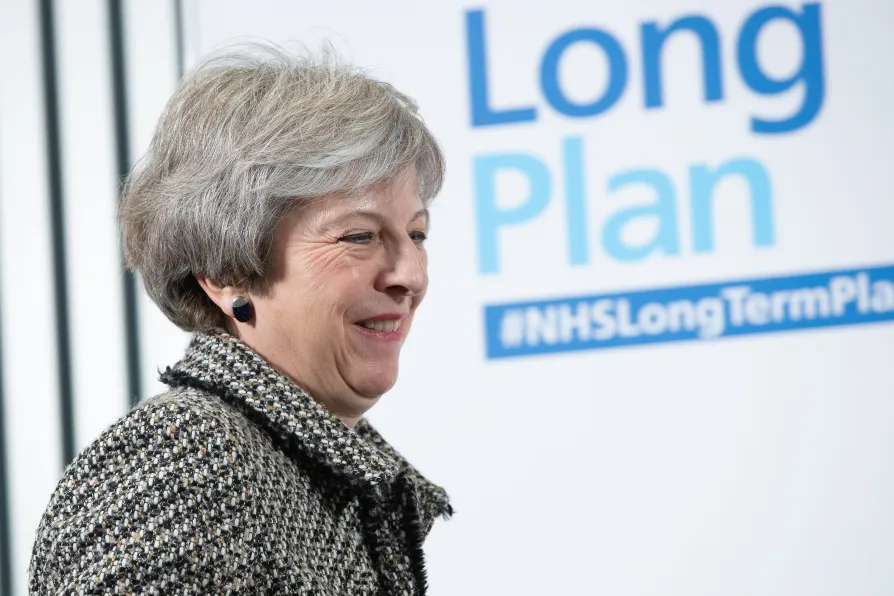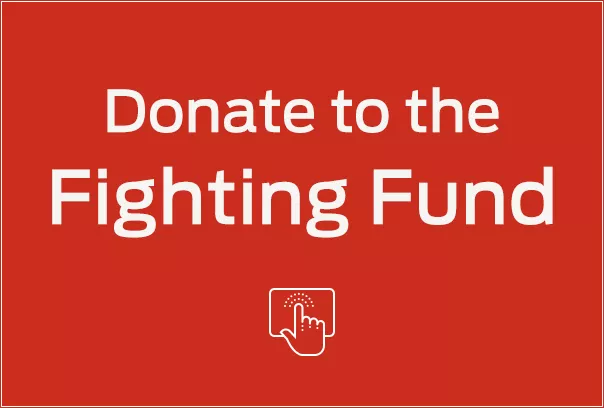The crew of the Freedom Flotilla boat, Handala, warned Israel to obey international law but are now in captivity, reports LINDA PENTZ GUNTER


THE NHS Long Term Plan announced by Theresa May includes yet more promises to improve services for child and adolescent mental health (CAMH). We have heard it all before. And the ambition is pathetic as they only aim to increase treatment from one in four to one in three of those suffering by 2021.
The latest data shows a rising number of young people being diagnosed with anxiety, depression, psychosis, self-harm and eating disorders.
So by 2021 any investment will be overtaken by more demand on the CAMHS system. Recent figures from the Office for National Statistics highlighted a recent jump in the annual number of suicides among people aged 15 and over — 6,188 deaths in 2015, compared to 5,608 in 2010. An extra 580 suicides, over 10 per week. Further analysis shows that the suicide rate increased significantly in the past few years from 11.1 deaths per 100,000 people to 11.8. For 15 to 19-year-olds there was an average of four suicides every week, while for 19 to 25-year-olds it was 14 per week. Historic analysis shows that the total number of young people who killed themselves between 1981 and 2011 was 21,006 — over 700 a year.
The stats also show that during the peak years of unemployment — 1983-4, 1992-3 and 2009-10 — there were higher than average numbers of suicides among young people. That is one of the starkest prices of austerity with youth unemployment currently over 12 per cent — well above the rate in Germany, the US, South Korea, the Netherlands and Canada. The number of young people who kill themselves each year is a sobering reminder of the human cost of government failure to invest in children’s wellbeing and prevent the onset of mental illness.
Cuts to local authority budgets reduce preventative services delivered by their staff in social care or charities commissioned to do the work, meaning vulnerable children are not getting help they need to stop their problems deepening and becoming harder to tackle in the long run. Children who cannot get access to help and support early on will grow up to become troubled and unwell adults costing money, time and resources as well as potentially harming others or disrupting family relationships. If ever there was a false economy, this is one of the biggest and costliest. While young people wait for help and support, teachers and parents or carers find they are on the front line trying to cope with dangerous and often frightening behaviour.
The government recently decided that schools would receive some funding to create mental health leaders within schools and training to manage problems as they arise within schools.


















